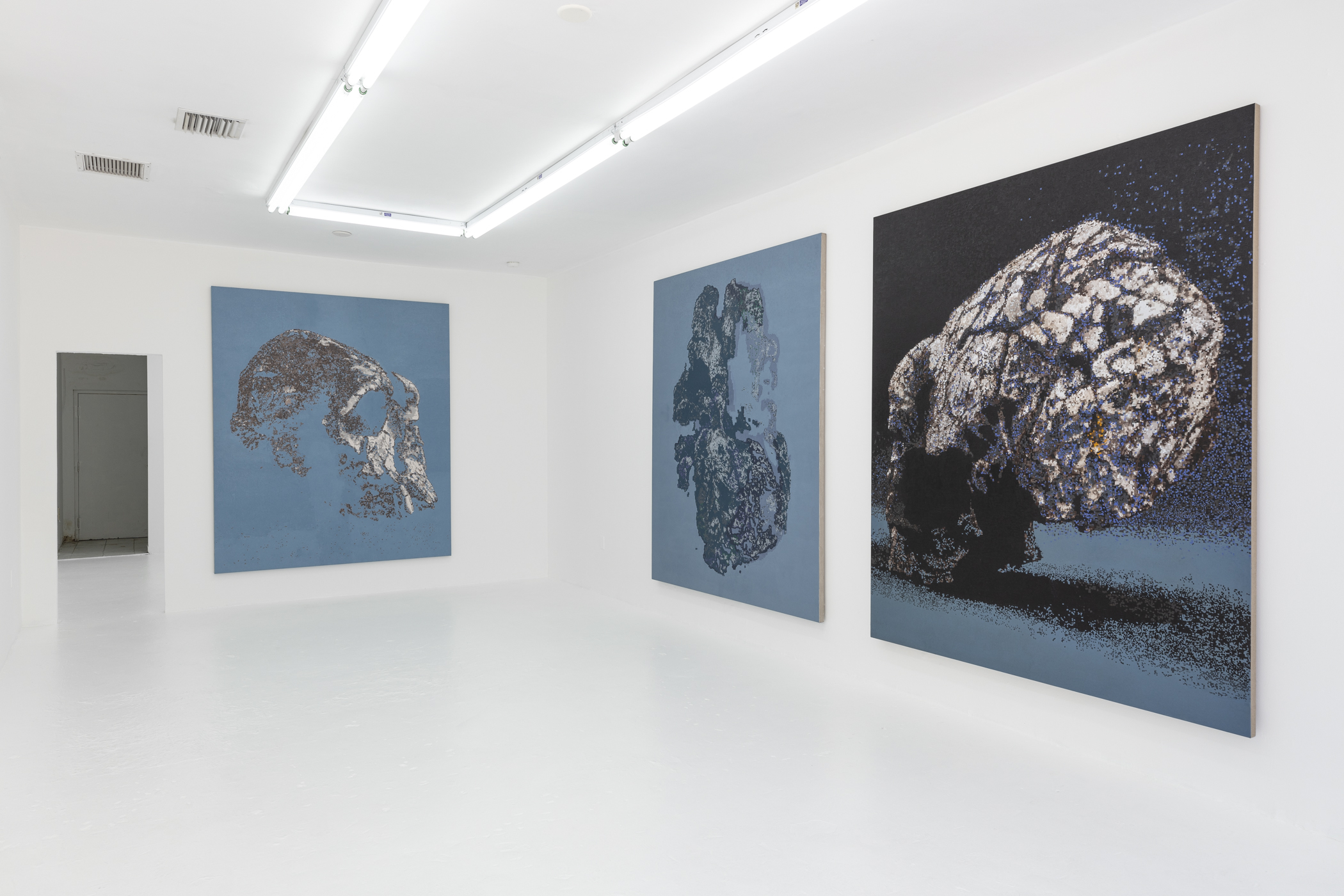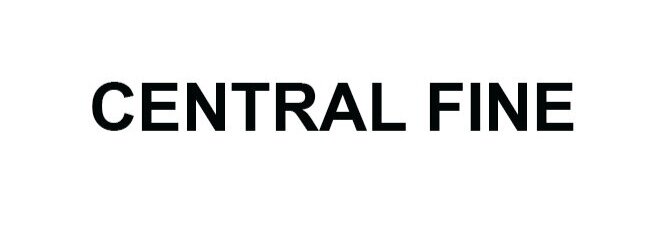BLAKE RAYNE. BROTHER ASS
April 7-May 31st, 2019
Opening April 7th, from 6-9 pm.
X worked with ghosts inventing an unconscious.
One can place the most intimate biography (there are others) in the bag of expectations and face the ending of anticipatory anxiety, being fine with whatever stays. It is possible to look at the representation of what’s close (to one), so its abstraction can be. But I can barely stand to look at the nosey lined face of some relatives and I find myself deliberately avoiding it all, sustaining the actuality of something too real.
Here I am, administering words when everything is extracted, taken, forgotten, and reassembled by tech-ectoplasms. Either way, Another is here and It cannot forget the Another; who’s excavation brings back the mnemonic blackouts that make every day, every day. This situation is the ultimate, artificially invoked and agglutinated, uncanny.
Blake Rayne’s works, to me, show up in sequence, and image/word produce an articulation and the intimacy of not knowing. One inevitably looks at the paintings and suddenly there’s the realization that there is a group of ‘there ares’, and the humming of a choir.
Painting, in Rayne’s paintings, is something that is and isn’t. Something that brings one back to the sound or the note of a practice that ventures into the poetic, to Techne[1] and the plasticity of Phronesis[2] .
In Brother Ass, carbon-based reconstructions of a famous Neanderthal Skull hang in proximity to the first presentation of the “Daylight Savings, 2019” drawings (which could be read as a wiggling line/cave, subjected to the policing of saving something, while retreating or emerging). Alongside, a pleated sculpture (that is inscribed) they announce a series of relationships between the diagrammatic, the monumental and malleability. All of the works seem to be packing detours, delays, and what is ontologically or epistemologically speculative, reconsidering our memory crash.
And so, in this presentation, a Neanderthal Skull from our closest extinct relative has been painted from various vantage points, and remains open: It appears as Archipelago, a titillating octopus, or a musical interlude, always reminding us of a parenthesis. Pointing to its own extraction and the material named by the petro-industry that brought it together.
Moreover, Brother Ass holds within the disruptions that site-specificity demands, while the possibilities of learning through material and material history are suspended between immersion, appearance and disappearance.
After the ghosts and extraction, the mineshaft that lingers, lies neither in representation nor in mediation. It is a hallway in shock, located, like an X, like a skull, mapping the sight of its fullness—announcing an archive pulsating in a background of amnesia.
To end things here: In Rayne’s Brother Ass, materiality in migration sustains the in-flux, touching the supposedly immovable infrastructures of personality, language and institutions; fading in and out, in a space as thick as a road trip, headed into full contact.
Diego Singh, Miami Beach, 2019
Blake Rayne (b. 1969, Lewes, Delaware) lives and works in New York. Rayne received his BFA from California Institute of the Arts and was the Director of Graduate Studies at Columbia University’s School of Visual Arts (2003-2009). His work has been exhibited internationally at the Whitney Museum of American Art, New York; Centre Pompidou, Paris, France; Museum Ludwig, Cologne, France; Künstlerhaus, Graz, Austria; Bergen Kunsthall, Bergen, Norway; Artists Space, New York; Sculpture Center, New York; The Kitchen, New York; and the Blaffer Art Museum, Houston, Texas, among others. His solo exhibitions include: Shade Subscription at Capitain Petzel Gallery, Berlin; Peaceful Photographers at Campoli Presti, London and Paris; Warmilk at Mendes Wood, São Paulo; On Fridays We Have Half Days at Miguel Abreu Gallery, New York; Blake Rayne at Formalist Sidewalk Poetry Club, Miami Beach; Coastal Graphics at Sutton Lane, Paris; and Folder and Application at Miguel Abreu Gallery, New York. Rayne’s works have been acquired for the collections of the Museum of Modern Art, the Whitney Museum of American Art, FRAC Poitou-Charentes, the Pinault Collection, and the Portland Museum of Art, among others.
Brother Ass is Blake Rayne’s first solo exhibition at CENTRAL FINE. His solo exhibition DOGSKULLDOGS at Miguel Abreu Gallery, New York (Sept-Oct, 2018) and Carbon Days at Galeria Nuno Centeno, Porto (Oct-Nov, 2018) prefigure this show as part of an exhibition series.
1 As an activity, Techne is concrete and variable.
2 Phronesis is understood here as connected to conscience and resoluteness, a type of being-resolved in action as práxis. As such, it discloses the possibilities of being in a situation, as the starting point of meaningful action.










